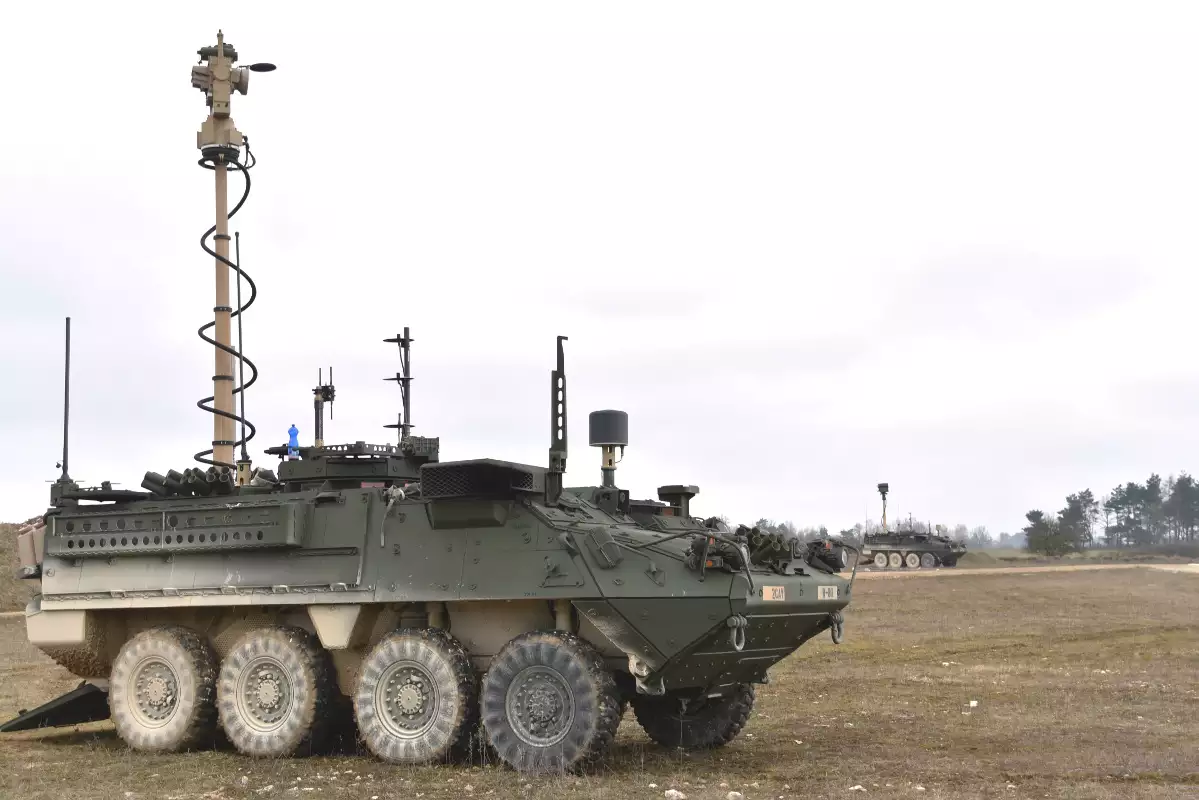As the threat of small drones becomes increasingly apparent, the U.S. military is hurrying to add new and improved short-range air defense capabilities. The U.S. Army in preparing to add hundreds of teams armed with Stinger missiles to smaller units as it pushes ahead with a broader program to develop new electronic warfare jammers and lasers, as well as more traditional surface-to-air missiles and automatic cannons.
Earlier in January 2018, the Army deployed soldiers to Europe to begin training new teams to operate the Stinger shoulder-fired man-portable air defense system. The service plans to reintroduce as many as 600 teams in total to standard, Stryker-mounted, and mechanized infantry companies as part of a larger effort, known as Maneuver Short Range Air Defense, or M-SHORAD, according to the November-December 2017 edition of Fires Bulletin, the Army's official artillery and air defense professional journal.
"Bringing back the Stinger addresses a self-identified gap that the Army created and has recognized," Lieutenant Colonel Aaron Felter, the Director of Training and Doctrine at the Army’s Air Defense Integrated Office, told Defense News earlier in January 2018. "We’re getting back to the basics and providing short-range air defense to maneuver units."
A series of mass drone attacks against Russian forces in Syria have only underscored the reality of this emerging threat. But it’s not just terrorists and insurgents that will be making use of small drones. Potential near-peer opponents, such as Russia and China, are improving their capabilities, including the ability to operate small groups of unmanned aircraft in autonomous or semi-autonomous swarms.
“Low, slow, and small UASs [unmanned aerial systems], in particular, present considerable threats to maneuver forces and are difficult to detect and defend against by maneuver units,” U.S. Army Brigadier General Randall McIntire, commandant of the Army’s Air Defense Artillery School at Fort Sill, wrote in the November-December 2017 edition of Fires Bulletin. “Without such [short range air defense] capabilities, maneuver formations are exposed to potentially continuous surveillance by threat UASs and subsequent devastating attacks by fixed-wing and rotary-wing aircraft and artillery.”
The threats of unmanned aircraft and drone swarms are already rapidly evolving. In the space of just a year, non-state actors in the Middle East went from sending individual commercial quad- and hex-copter type drones with improvised munitions to harass state security forces to launching mass attacks using autonomous, GPS-guided unmanned aircraft.
With the gap between its existing defenses and these potential threats already expanding, the U.S. Army cannot afford to wait too much longer to introduce new weapons and other drone countermeasures.


